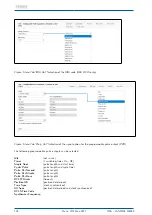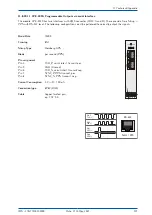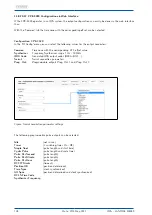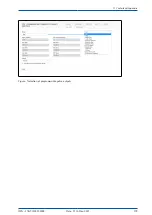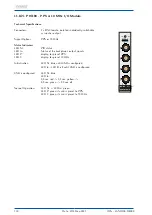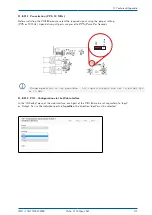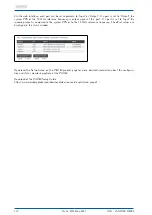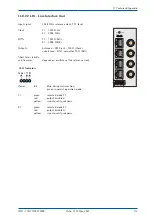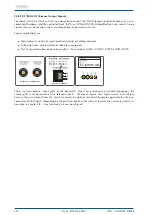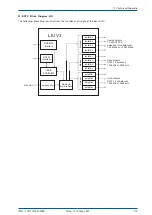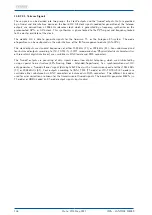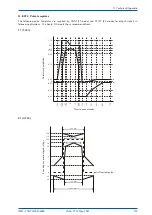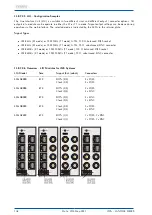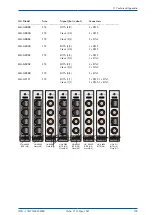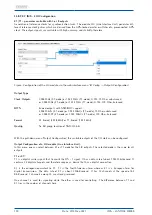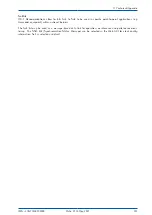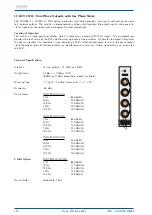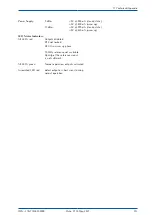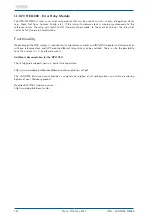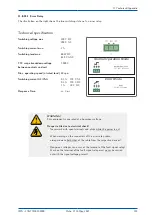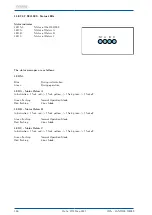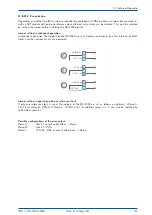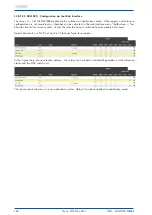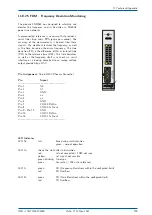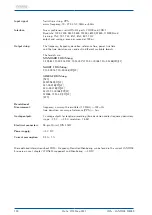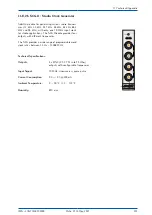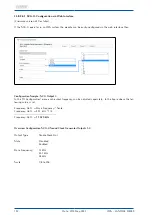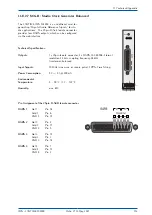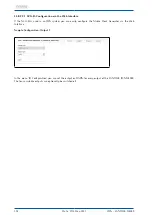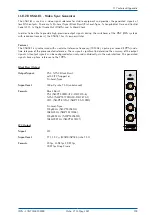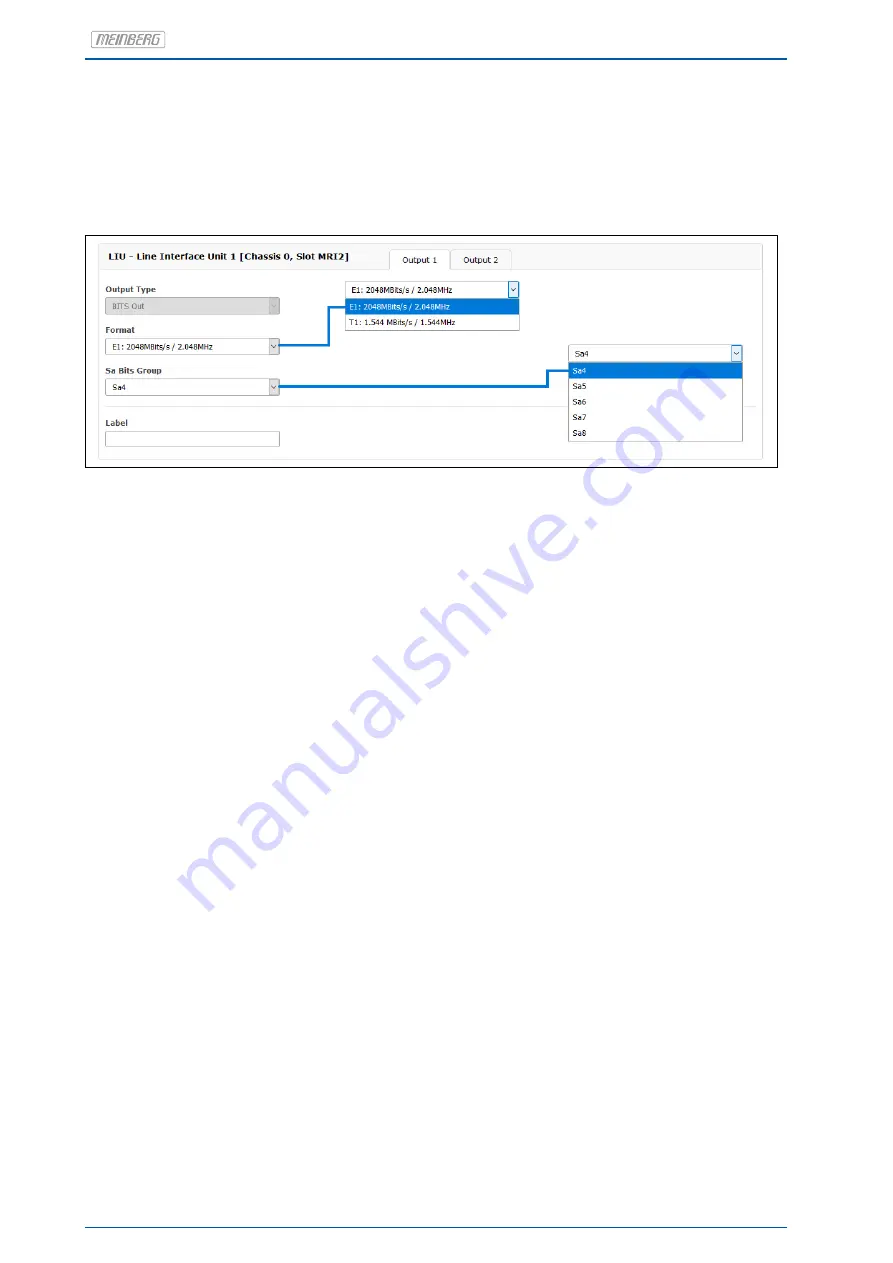
11.8.22.7 IMS - LIU Configuration
E1/T1 – generator available with 4 or 8 outputs
Generation of reference clocks for synchronization tasks. The module LIU (Line Interface Unit) generates dif-
ferent reference clock pulses which are derived from the GPS-locked master oscillator of a preconnected GPS
clock. The output signals are available with high accuracy and stability therefore.
Figure: Configuration of the LIU module via the web interface menu "IO Config
→
Outputs Configuration"
Output Type
Clock Outputs:
2.048 MHz (E1-mode) or 1.544 MHz (T1-mode), G.703, 75 Ohm, unbalanced
or 2.048 MHz (E1-mode) or 1.544 MHz (T1-mode), G.703, 120 Ohm, balanced.
BITS
framed outputs with SSM/BOC support:
2.048 Mbit/s (E1-mode) or 1.544 Mbit/s (T1-mode), 75 Ohm unbalanced
or 2.048 MPs (E1-mode) or 1.544 Mbit/s (T1-mode), 120 Ohm, balanced.
Format
E1 framed (2.048 kBit) or T1 framed (1.544 kBit)
Quality
Sa Bit group location of SSM QL bits
With the pull-down menu "Output Configuration" the available outputs of the I/O slots can be configured:
Output Configuration of a LIU module (Line Interface Unit):
In this menu one can select between E1 or T1 mode for the LIU outputs. The selected mode is the same for all
outputs.
T1 or E1?
T1 is a digital carrier signal that transmits the DS - 1 signal. It has a data rate of about 1.544 Mbit/second. It
contains 24 digital channels and therefore requires a device that has a digital connection.
E1 is the european equivalent to T1. T1 is the North American term whereas E1 is a European term for
digital transmission. The data rate of E1 is about 2 Mbit/second. It has 32 channels at the speed of 64
Kbit/second. 2 channels among 32 are already reserved.
One channel is used for signaling while the other is used for controlling. The difference between T1 and
E1 lies in the number of channels here.
140
Date: 27th May 2021
IMS - LANTIME M4000

